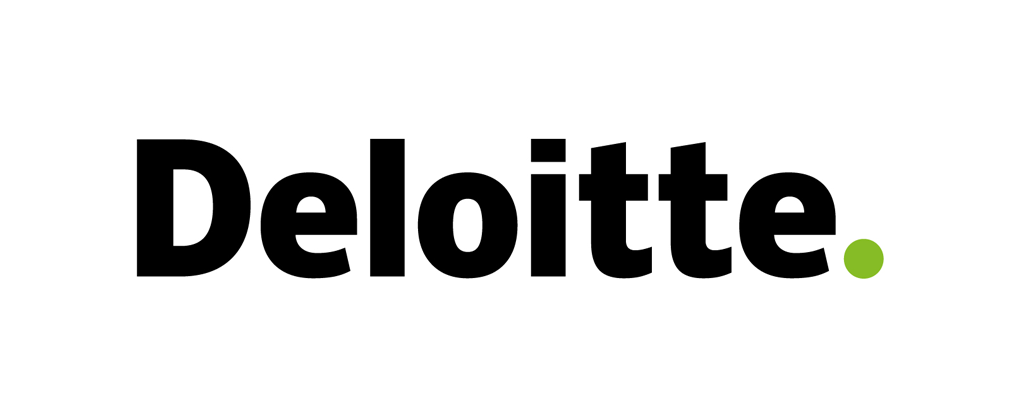
The Biggest Priorities for Banks in Normal Times
Brought to you by Deloitte & Touche LLP

Banks are caught in the midst of
the COVID-19 pandemic sweeping across the United States.
As they care for hurting
customers in a dynamic and rapidly evolving environment, they cannot forget the
fundamentals needed to steer any successful bank: maintaining discipline in a
competitive lending market, attracting and retaining high-quality talent and
improving their digital distribution channels.
Uncovering bankers’ biggest long-term
priorities was one of the purposes of a roundtable conversation between executives
and officers from a half dozen banks with between $10 billion and $30 billion
in assets. The roundtable was sponsored by Deloitte LLP and took place at Bank
Director’s annual Acquire or Be Acquired conference at the end of January,
before the brunt of the new coronavirus pandemic took hold.
Kevin Riley, CEO of First Interstate BancSystem, noted that customers throughout the $14.6 billion bank’s western footprint were generally optimistic prior to the disruption caused by the coronavirus outbreak. Washington, Oregon and Idaho at the time were doing best. With trade tensions and fear of an inverted yield curve easing, and with interest rates reversing course, businesses entered 2020 with more confidence than they entered 2019.
The growth efforts reflect a
broader trend. “In our 2020 M&A Trends survey, corporate respondents cited
‘efficiency and effectiveness in change management’ and ‘aligning cultures’ as
the top concerns for new acquisitions,” says Liz Fennessey, M&A principal
at Deloitte Consulting.
A major benefit that flows from
an acquisition is talent. “More and more, we’re seeing M&A used as a lever
to access talent, which presents a new set of cultural challenges,” Fennessey
continues. “In the very early stages of the deal, the acquirer should consider
the aspects core to the culture that will help drive long-term retention in
order to preserve deal value.”
One benefit of the benign credit environment that banks enjoyed at the end of last year is that it enabled them to focus on core issues like talent and culture. Tacoma, Washington-based Columbia Banking System has been particularly aggressive in this regard, said CEO Clint Stein.
The $14.1 billion bank added
three new people to its executive committee this year, with a heavy emphasis on
technology. The first is the bank’s chief digital and technology officer, who
focuses on innovation, information security and digital expansion. The second
is the bank’s chief marketing and experience officer, who oversees marketing
efforts and leads both a new employee experience team and a new client
experience team. The third is the director of retail banking and digital
integration, whose responsibilities include oversight of retail branches and
digital services.
Riley at First Interstate has employed
similar tactics, realigning the bank’s executive team at the beginning of 2020 to
add a chief strategy officer. The position includes leading the digital and
product teams, data and analytics, as well as overseeing marketing,
communications and the client contact center.
The key challenge when it comes to growth, particularly through M&A, is making sure that it improves, as opposed to impairs, the combined institution’s culture. “It is important to be deliberate and thoughtful when aligning cultures,” says Matt Hutton, a partner at Deloitte. “It matters as soon as the deal is announced. Don’t miss the opportunity to build culture momentum by reinforcing the behaviors you expect before the deal is complete.”
Related to the focus on growth
and talent is an increasingly sharp focus on environmental, social and
governance issues. For decades, corporations were operated primarily for the
benefit of their shareholders – a doctrine known as shareholder primacy. But
this emphasis has begun to change and may accelerate alongside the unfolding
health crisis. Over the past few years, large institutional investors have
started promoting a more inclusive approach known as stakeholder capitalism,
requiring companies to optimize returns across all their stakeholders, not just
the owners of their stock.
The banks at the roundtable have embraced this call to action. First National Bank of Omaha, in Omaha, Nebraska, publishes an annual community impact report, detailing metrics that capture the positive impact it has in the communities it serves. Columbia promotes the link between corporate social responsibility and performance. And First Interstate, in addition to issuing an annual environmental, social and governance report, has taken multiple steps in recent years to improve employee compensation and engagement.
Despite the diversity of business lines and geographies of different banks, these regional lenders shared multiple common priorities and fundamental focuses going into this year. The coronavirus crisis has certainly caused banks to change course, but there will be a time in the not-too-distant future when they and others are able to return to these core focuses.



